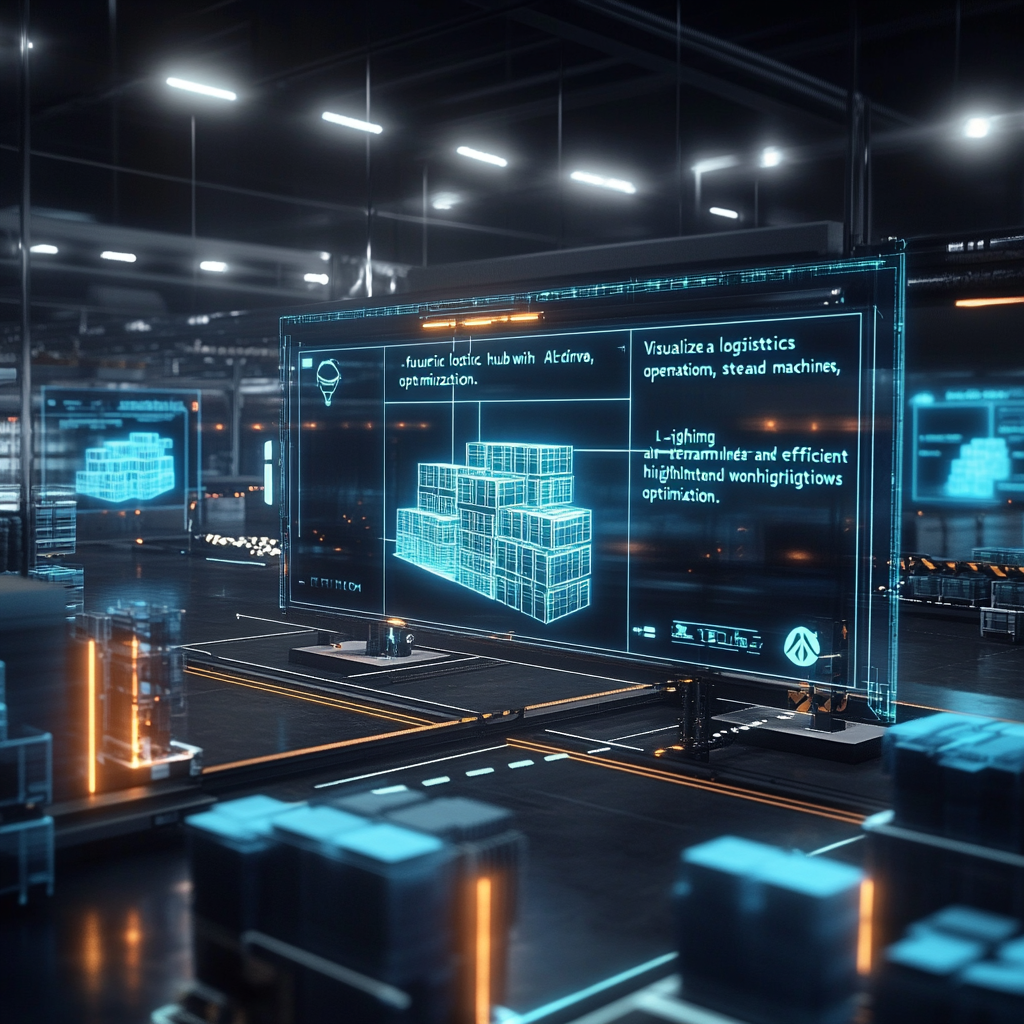
New data-driven method eliminates redundant computations, can streamline processes like scheduling trains
In a world brimming with complexities, where schedules, routes, and resources collide like the most dramatic of soap operas, what if I told you there's a new method rising from the ashes of outdated practices? Imagine a magic wand, not the one waved by fairy godmothers but a data-driven sorcery that cuts out all the unnecessary calculations clogging your processes. Let’s delve into the realm of efficiency, where technological marvels like machine learning swoosh in to save the day.
At the core of this revolutionary change sits a machine-learning model, a brainchild forged in the fires of data interactivity. Think of it as a wise old sage, trained to decipher the convoluted paths of complex operations and spot the pesky redundant computations lurking in the shadows. This newfound wisdom transforms those tedious hours spent on planning and optimization into a breeze, shaving off time and improving the quality of results. Essentially, this method turns the chaos of scheduling, delivering, and managing the magical orchestra of logistics into a well-rehearsed symphony.
Let’s talk reality for a moment. Consider train scheduling, a task that resembles arranging elephants in a circus: it can get noisy and chaotic. This model dives into the network of tracks and schedules, sniffing out which calculations can be labeled as unnecessary. Calls for adaptations in light of unexpected train congestion or machinery meltdowns become less a menace and more a minor hiccup—like a slight bump in the road rather than an entire detour. Adaptability is the name of the game here, and who doesn’t love a system that can turn on a dime?
Researchers, those intrepid explorers of the academic wilderness, have put this genius to the test against traditional solvers and other savvy machine-learning models. What did they find? The approach known as L-RHO, like a champion boxer, knocked out the competition with remarkable ease. By slashing solve time by 54% and improving solution quality—get this—by as much as 21%, L-RHO is redefining what efficiency means. And like a chameleon, this model can switch up its techniques on the fly without needing any major tweaks, making it an agile warrior ready to tackle a variety of challenges across industries.
How does this sorcery work, you may ask? Prepare yourself for a ride through data magic.
First, there’s the training phase. The model ingests a vast array of data to comprehend patterns and dependencies within the problem space. It’s akin to a data-hungry sponge soaking up knowledge. Next comes the prediction phase, where it analyzes new subproblems and predicts which operations can be skipped—like a shortcut through a forest. Once it has identified the unnecessary tasks, they are excised, like trimming the fat from a steak, leaving the juicy, essential bits to go to an algorithmic solver that recomputes and executes the remaining tasks. This isn’t a one-and-done deal; it’s an ongoing cycle of adaptation—like a perpetual dance where both partners adjust to the rhythm.
Now, let’s wander through the garden of applications sprouting from this bountiful plant of data-driven goodness. We’re talking about a transformative impact across multiple industries. For transportation, think of trains and delivery trucks zipping smoothly down optimized routes, reducing delays faster than you can say “traffic jam.”
In the mystical world of manufacturing, picture production schedules that dynamically shift and adjust themselves as disruptions rear their ugly heads—it's like having a production wizard at your disposal. And let’s not forget inventory management, where businesses can harness this method to keep their stock levels in check and forecast demands with unprecedented accuracy. The ripple effects could lead to cost reductions that would make even the most stoic accountant crack a smile.
As we gaze into the crystal ball of the future, one thing is apparent: L-RHO and its kin herald a bright era for complex planning and optimization. Industries are poised to experience profound improvements in operational efficiency and decision-making. As researchers polish their techniques, the horizon beckons with tantalizing possibilities, making one wonder just what other seemingly insurmountable problems this innovative approach might conquer.
On that note, if you’re itching to stay in the know as technology weaves its spells across various industries, I invite you to hop on the knowledge train. No delays, no unnecessary computations—just pure insights headed straight to your feed. Join us and subscribe to our Telegram channel: @channel_neirotoken. Buckle up for a journey through the realms of neural networks and automation, where the future is shaped by the power of data!

